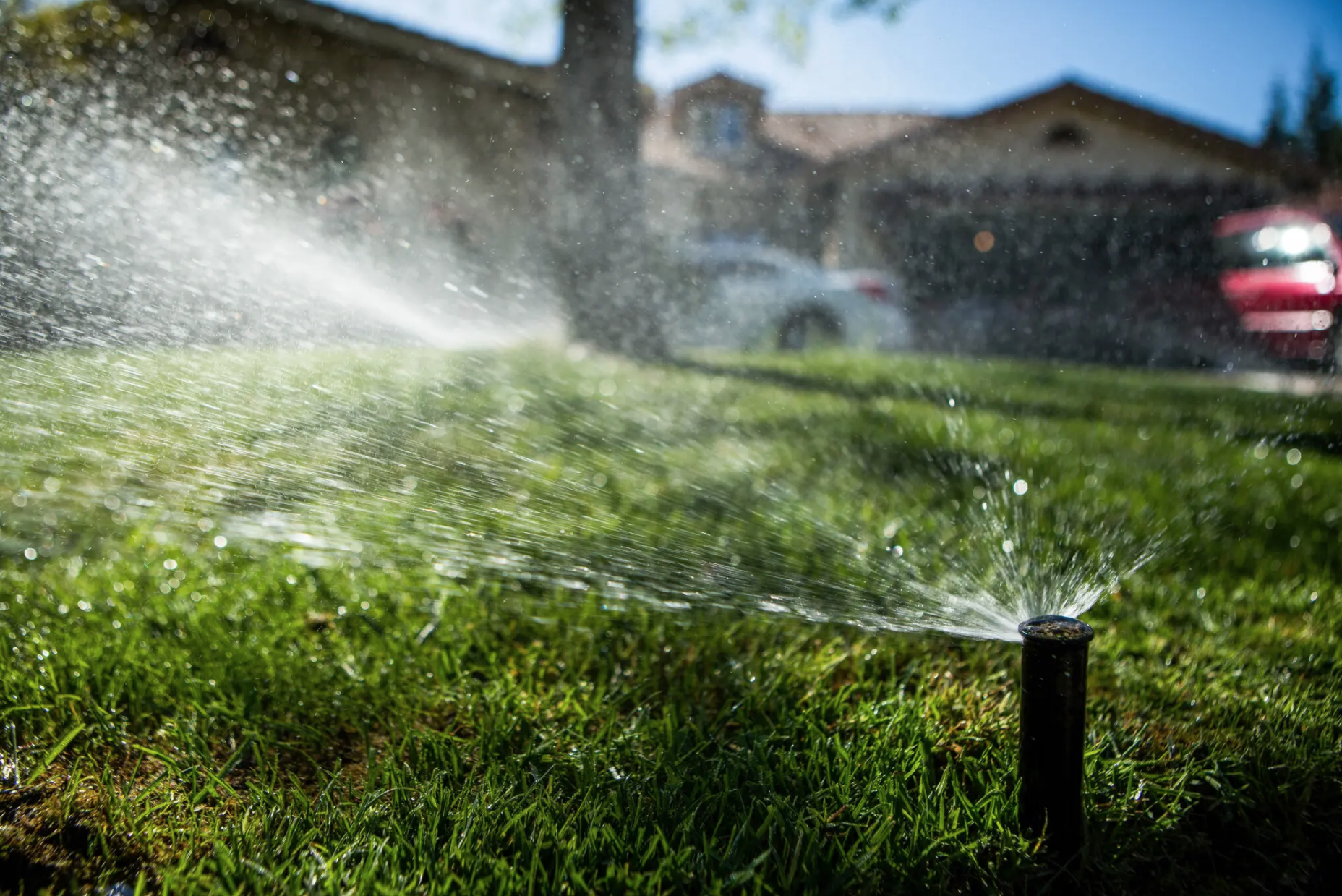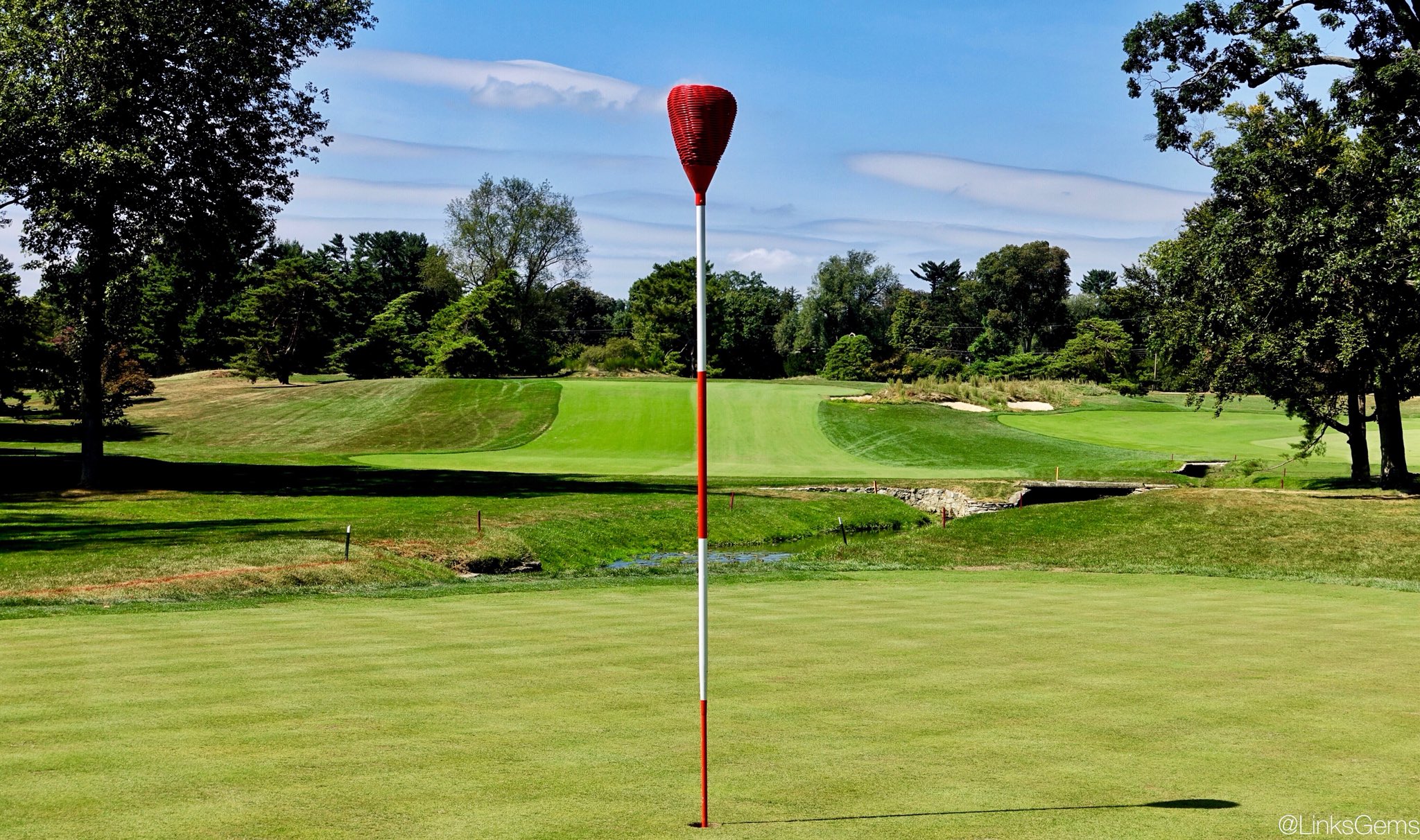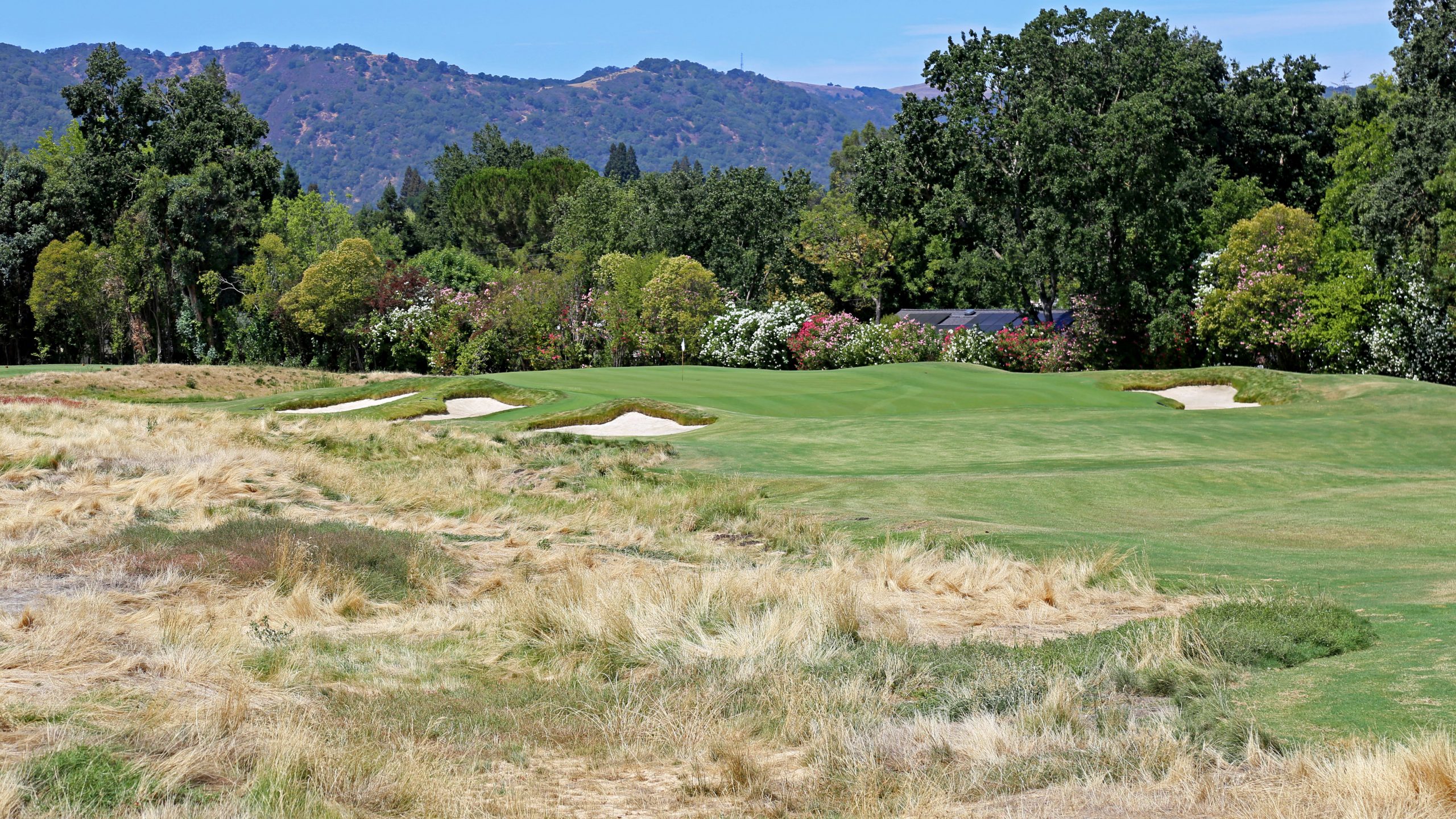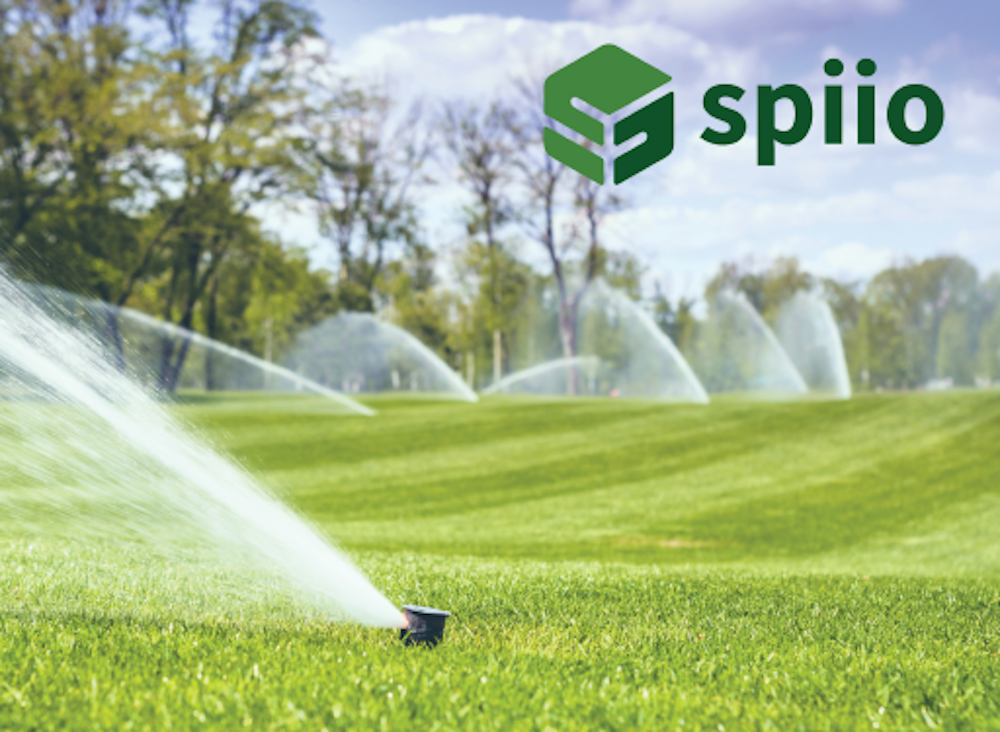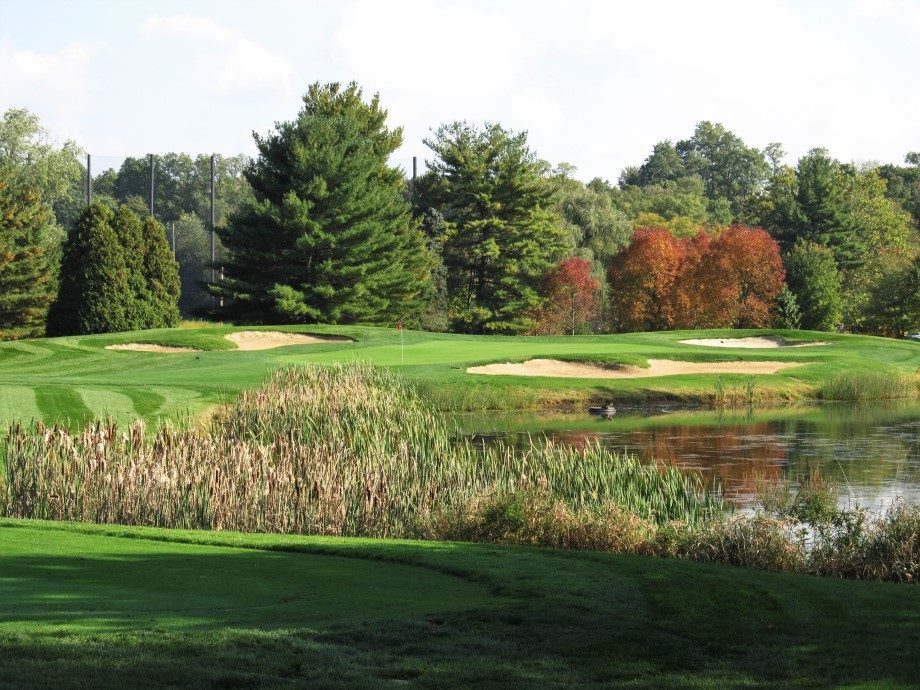Virginia Tech PhD Student Travis Roberson is conducting important research on using in-ground sensors, drones and light reflectance to conserve water.
Powerful technologies continuously emerge to help conserve resources, lower maintenance costs, reduce required labor and light a path for greater environmental efficiency.
Residential outdoor water use in the United States accounts for nearly 9 billion gallons of water each day, mainly for landscape irrigation. As much as half of this water is wasted due to evaporation, wind, or runoff, often caused by improper irrigation system design, installation, maintenance, or scheduling.
Latshaw shares his thoughts with Spiio on a data-driven, autonomous, and more regulated future
Golfdom video interview with Spiio, pioneering a new era in water conservation, precision irrigation, and in-ground data, today announced that it doubled its customer base to 450 golf courses in 2021 and launching a new platform built for golf course superintendents and agronomists.
Golf courses in Western states face immediate challenges with escalating water costs, pinched water budgets and water quality concerns.
The company reached 450 customers in 2021 as it releases its new transformative platform that enables golf course superintendents and agronomists to realize tremendous ROI while optimizing water efficiency and playability
Chris Reverie, from Allentown Municipal in Pennsylvania, discusses some of the struggles faced by municipal golf courses. He shares how Spiio has helped the course lower its expenses while improving the playability of their busy course—and how easy it was to get started.
Matt Morton, superintendent at El Niguel Country Club, shares the value of data in validating and communicating turfgrass decisions. Spiio’s sensor measures soil temperature, moisture, light, and salinity, offering that data in one timely and user-friendly app.
Superintendent Adam Hoffman from Sunset Hills Country Club discusses how he uses Spiio’s Google Sheets integration for data-driven reporting, allowing him to back up his agronomic decisions with data.



